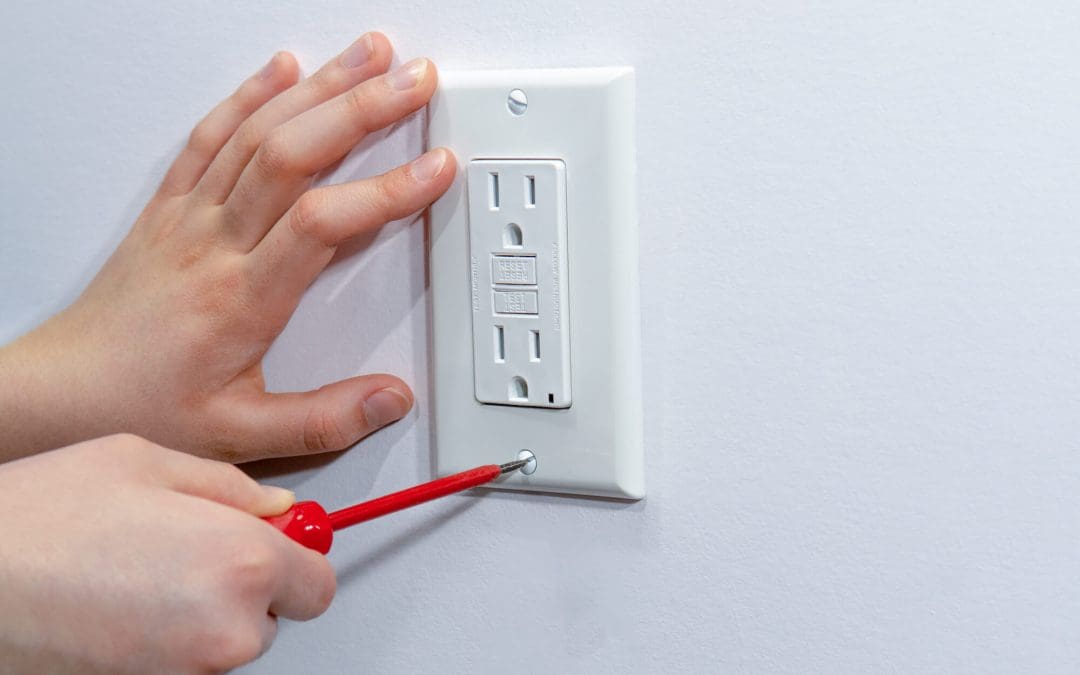Most homeowners don’t think about electrical safety until there’s a flicker, a spark, or a breaker that keeps tripping. But much like locking your doors at night, taking steps to prevent electrical hazards is essential to keeping your home and family safe. Understanding the risks, maintaining your system, and knowing when to call a professional will save you from costly damage and protect you from serious injury.
Electrical Safety Matters More Than You Think
Electricity powers nearly every aspect of our daily lives, from kitchen appliances to home offices. While taking this convenience for granted is easy, it’s important to remember that electricity can be dangerous if mishandled. According to the U.S. Fire Administration, electrical issues are a leading cause of residential fires. Many of these fires stem from preventable problems such as overloaded circuits, outdated wiring, or damaged cords. Being proactive about electrical safety protects your property and ensures your home remains comfortable and hazard-free.
Understanding Your Home’s Electrical System
The first step to electrical safety is understanding how your home’s system works. Electricity flows from your utility provider into your main service panel (your breaker box) and from there, it’s distributed through circuits to outlets and fixtures. Breakers are designed to trip if there’s too much current, preventing overheating and potential fires. Familiarizing yourself with your breaker box, understanding which breakers control which areas of your home, and knowing where the main shut-off is located will make all the difference in an emergency.
Electrical Safety Starts with Regular Maintenance
Like your HVAC system or roof, your electrical system needs periodic attention. Over time, wires loosen, insulation may degrade, and outlets could wear out. Scheduling a professional electrical inspection every few years, or sooner if your home is older, is one of the best investments you will make in electrical safety. Between professional visits, you should perform visual checks. Look for outlets warm to the touch, flickering lights, or cords with visible damage. These are early warning signs of bigger problems that need immediate attention.
Safe Habits for Everyday Electrical Use
Electrical safety is impacted by the little choices you make every day. Avoid overloading outlets by plugging too many high-wattage devices into one spot. Use extension cords only as temporary solutions, and choose cords rated for the intended use. When unplugging something, grip the plug rather than yanking the cord to avoid damaging the internal wiring. If you have small children, installing outlet covers will prevent curious fingers from getting too close to live components. For households with pets, consider cord protectors to reduce chewing hazards.
When to Call a Professional for Electrical Safety
There are some jobs that aren’t worth the DIY risk. If you experience frequent breaker trips, unexplained burning smells, buzzing sounds from outlets, or see sparks when plugging something in, it’s time to contact a licensed electrician. These signs could indicate faulty wiring, overloaded circuits, or failing components, all posing a serious fire hazard. Professionals should always handle upgrades like adding new outlets, replacing outdated panels, or installing GFCI (Ground Fault Circuit Interrupter) outlets in kitchens, bathrooms, and outdoor areas to ensure compliance with local codes and safety standards.
Future-Proofing Your Electrical Safety
Technology is always evolving, and so are the demands on your home’s electrical system. If you’ve added high-powered appliances, set up a home theater, or installed an electric vehicle charger, your system might need upgrading to handle the extra load. Smart home devices also play a role in electrical safety. For example, smart plugs with overload protection will automatically shut off power if they detect an unsafe condition. At the same time, whole-home surge protectors will defend against voltage spikes from lightning or power grid issues.
FAQs
What is the most common electrical hazard in homes?
Overloaded circuits are among the most common hazards, often caused by plugging too many devices into one outlet or power strip.
How often should I have my home’s electrical system inspected?
Most experts recommend a professional inspection every 3–5 years, but older homes or homes with recent renovations may benefit from more frequent checks.
What is a GFCI outlet, and why is it important?
A GFCI outlet is designed to quickly shut off power if it detects a ground fault, which helps prevent electric shock. They’re essential in areas where water is present.
Can I replace an outlet myself?
While skilled DIYers can replace outlets, it’s generally safer to hire a professional to ensure proper installation and code compliance.
Crossroads Home Inspections provides home inspections in St. Louis and the surrounding area. Contact us to schedule our services.

